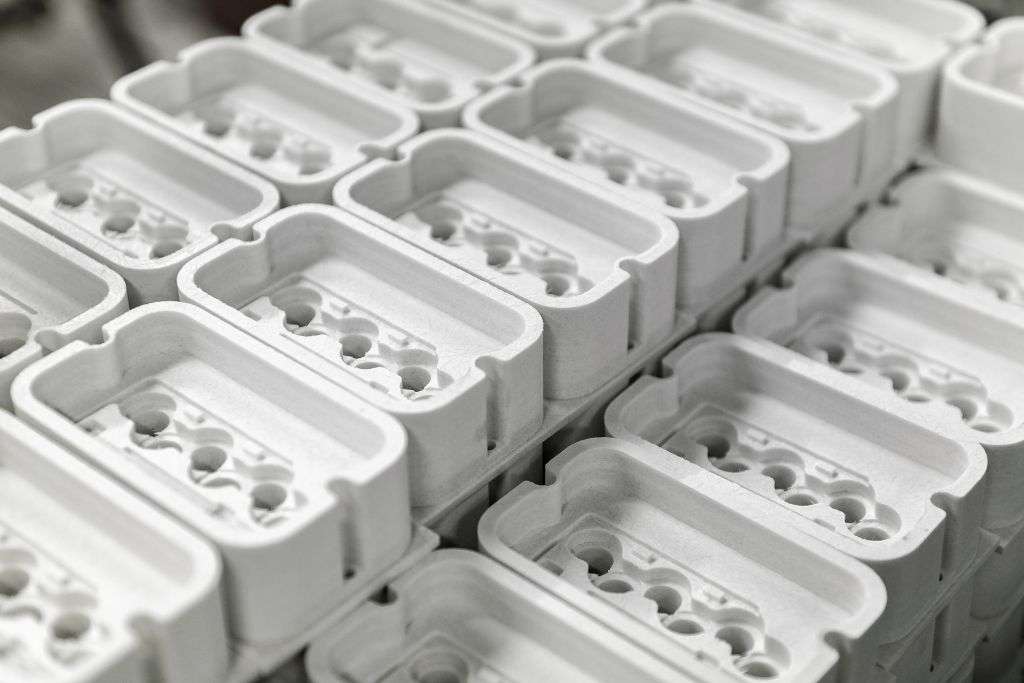
Sep 6,2023
In the dynamic world of manufacturing, precision and quality are paramount. Companies, big and small, are constantly seeking innovative ways to enhance the durability and performance of their products. In this quest for excellence, one technology has emerged as a game-changer: Plastic CNC Parts.
Before we delve into the myriad ways plastic CNC parts enhance product quality, let's understand what they are. CNC, which stands for Computer Numerical Control, is a manufacturing process that utilizes computer-controlled machines to produce parts with exceptional precision.
When applied to plastics, it results in Plastic CNC machining, a method that has revolutionized the industry.
One of the most compelling aspects of Plastic CNC machining is its ability to deliver custom solutions. Whether you require intricate components for a medical device or robust parts for the automotive sector, CNC machining for plastics offers unparalleled versatility. Companies can tailor their designs precisely to meet the unique requirements of their products.
Imagine a scenario where a medical equipment manufacturer needs components with specific dimensions and geometries to ensure flawless operation. Plastic CNC parts make it possible to achieve these precise specifications consistently, fostering superior product quality.
To appreciate the impact of precision plastic machining on product quality, let's turn to some statistics:
Tolerance Levels: Plastic CNC machining can achieve tolerances as tight as +/- 0.005 inches (0.127mm). This exceptional accuracy ensures that each component produced adheres to the exact specifications, reducing defects and improving overall product quality.
Surface Finish: CNC machining for plastics can achieve surface finishes ranging from Ra 32 to Ra 4 microinches, providing a smooth and polished surface. This not only enhances the aesthetics of the product but also contributes to its functional excellence.
Material Versatility: Plastic CNC parts can be fabricated from a wide range of materials, including ABS, PEEK, Nylon, and more. This versatility allows manufacturers to select the material best suited for their product's requirements, further elevating its quality.
Production Efficiency: CNC machines can operate continuously, 24/7, with minimal downtime. This high efficiency translates into shorter lead times and reduced costs, ultimately benefiting the end product's quality and affordability.
Now, let's explore how different industries benefit from the precision and customization offered by Plastic CNC parts:
Medical Devices: In the medical field, precision can be a matter of life and death. Custom plastic CNC components ensure the accuracy and reliability of devices such as surgical instruments, prosthetics, and diagnostic equipment.
Automotive: From engine components to interior fittings, the automotive industry relies on Plastic CNC machining to produce parts that withstand the rigors of daily use, improving vehicle safety and longevity.
Aerospace: In aerospace, where every gram counts, precision plastic machining delivers lightweight components without compromising strength. This contributes to fuel efficiency and the overall safety of aircraft.
Electronics: The electronics sector demands intricate and customized components for devices like smartphones and computers. Plastic CNC parts enable manufacturers to meet these demands with ease, ensuring the longevity and performance of electronic products.
In today's environmentally conscious world, sustainability is a crucial aspect of product quality. Plastic CNC parts also offer advantages in this regard:
Reduced Material Waste: CNC machining for plastics generates significantly less waste compared to traditional manufacturing methods. This not only lowers production costs but also aligns with sustainable practices.
Energy Efficiency: CNC machines are designed for energy efficiency, consuming only the power necessary for their operation. This contributes to reduced carbon emissions and environmental impact.
Longevity: Products made with precision plastic machining tend to have longer lifespans due to their high-quality materials and manufacturing process. This reduces the need for frequent replacements, thereby conserving resources.
In a world where product quality is synonymous with success, Plastic CNC parts have emerged as a formidable ally for manufacturers across industries.
Their precision, customizability, and sustainability advantages are supported by hard data and statistics, making a compelling case for their adoption.
As industries continue to evolve, embracing the capabilities of Plastic CNC machining is not just a choice; it's a strategic imperative. It's the path to creating products that not only meet but exceed the expectations of discerning consumers in an increasingly competitive marketplace.
So, whether you're in healthcare, automotive, aerospace, or electronics, remember that the future of product quality may very well be molded by Plastic CNC parts.